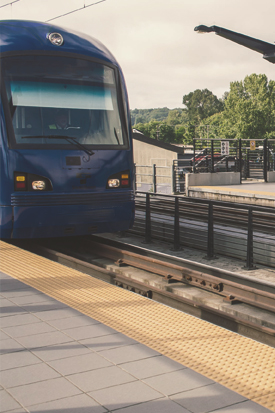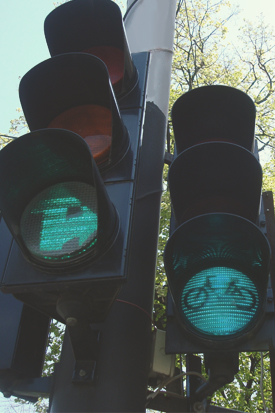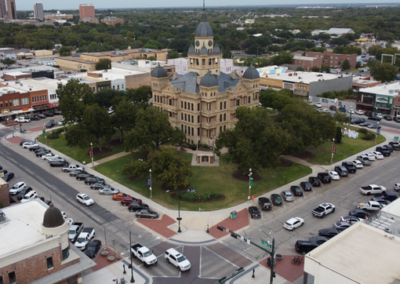Transportation Solutions
That Improve Communities
At Fehr & Peers, we are passionate about transforming transportation consulting through innovation and creativity. We derive inspiration by partnering with communities to understand and shape local transportation futures objectively tailored to diverse needs. From the most straightforward to the most complex, we actively listen to client and community needs and handle every project with diligence and focus. Our clients have appreciated this unique and practical approach, trusting us as their objective partners in transportation since 1985. Together with our clients, we are motivated by shared success, inclusive partnerships, and the positive impact our work has on the communities we serve.
Our Vision
& Our Mission
Fehr & Peers will transform transportation consulting as the most trusted partner in the communities we serve. Our Mission is to empower every employee to develop effective and innovative transportation solutions that improve communities.
Consulting Expertise
As trusted advisors to our clients, we continually leverage our self-funded research and development investments to quickly anticipate new questions in the face of rapid changes in transportation and provide our clients with well-informed answers and potential solutions. Clients trust us to help them overcome barriers and uncertainty by combining our advanced expertise with curiosity, humility, and initiative to deliver implementable, data-driven solutions that reinforce community values.
OUR EXPERTISE >>



Insights






MORE INSIGHTS & NEWS >>
Quick Links
© 2017 – 2024 Fehr & Peers. All rights reserved.


